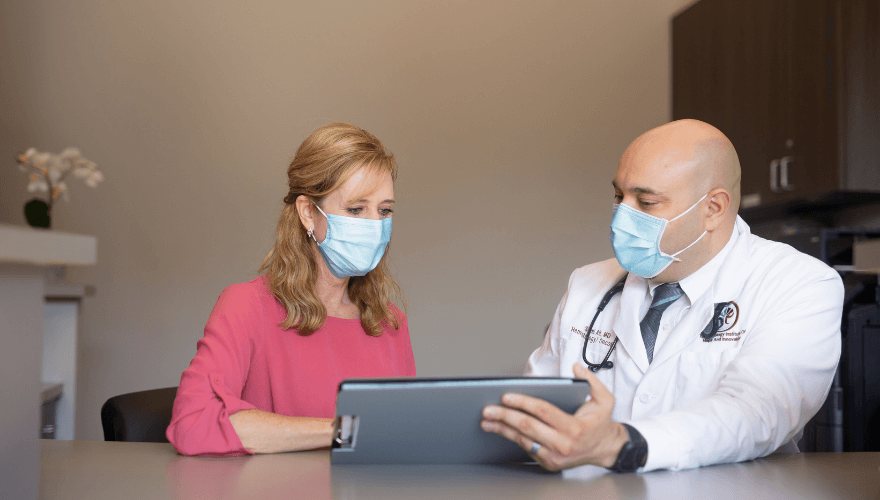Known as the forgotten cancer, sarcomas are rare, but hard to spot and potentially very dangerous. The term “sarcoma” is derived from a Greek word meaning “fleshy growth.” There are two primary categories of sarcomas: bone and soft tissue¹.
Are you familiar with sarcomas and how they are diagnosed? Learn more with our Five Fast Facts about sarcoma.
- Sarcomas can appear anywhere in the body. This is due to the fact that sarcomas arise from a variety of tissue structures (collectively referred to as the body’s “connective tissues”) including, but not limited to²:
- Nerves
- Muscles
- Joints
- Bone
- Fat
- Blood Vessels
2. Sarcomas are often difficult to detect because they can hide out deep within the body. As they grow, however, symptoms can start to appear. These symptoms may include³:
- Pain in the affected area, which may be worse in the evening
- Swelling, which may start weeks after pain begins
- A new lump or a lump that’s growing (anywhere in the body)
- Blood in the stool or vomiting
3. Survival rates for sarcomas vary and there are many factors that must be considered:
- Type of sarcoma
- Stage of a patient’s sarcoma
- Patient’s age at time of diagnosis
- Types of treatment a patient receives
4. Though there are no known causes of sarcoma, the risk factors associated with the disease include4:
- Genetic disorders
- Chemical exposure
- Radiation exposure
- Long-term swelling
Approximately 15,000 new cases of sarcoma are diagnosed in the U.S. every year. Sarcomas are one of the top 5 most commonly diagnosed cancers among children. However, sarcomas can occur in anyone regardless of age.
References
With you through every phase of your cancer journey
Learn more about starting treatment at a location near you


